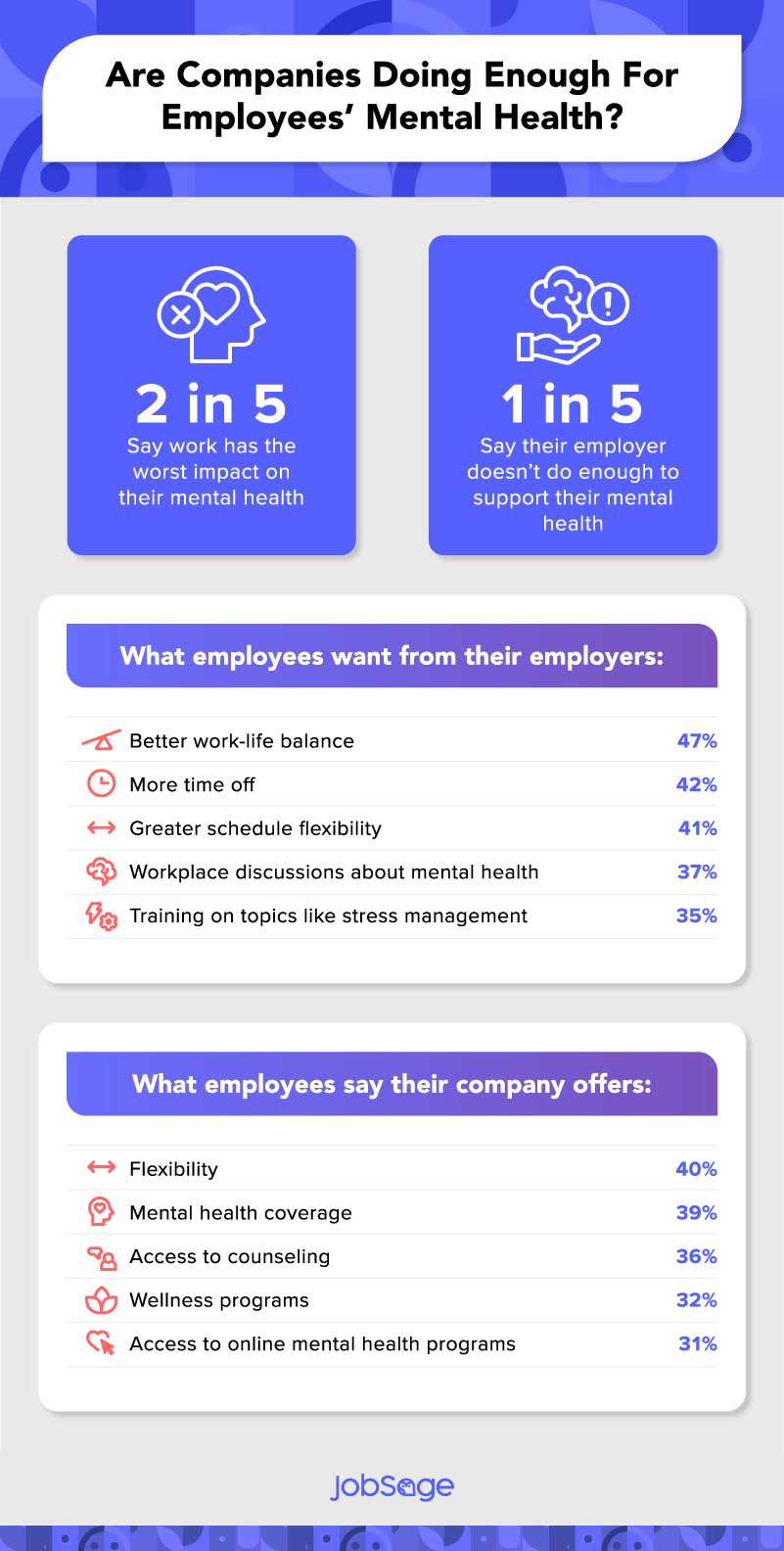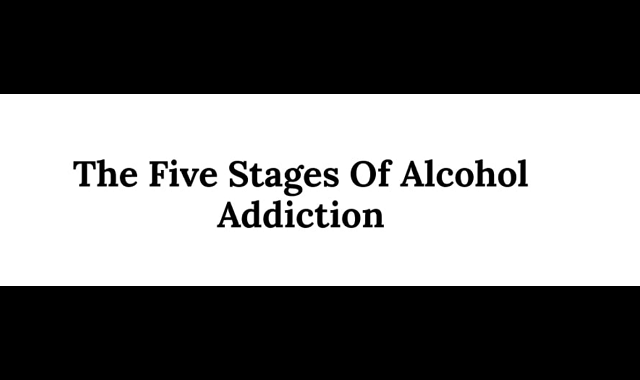A narcissist is someone who exhibits a high degree of self-centeredness and believes that their needs are more important than others. Although we are all capable of being selfish or arrogant at times, this is a narcissist's default way of acting. They may initially appear as charming or self-assured, but over time, a narcissist’s genuine characteristics of arrogance, deception, lack of empathy, and inability to take criticism become more apparent. It is estimated that 15% to 20% of the population have NPD, so it is highly likely that almost everyone has come into close contact with a narcissist at some point.
A narcissist is someone who exhibits a high degree of self-centeredness and believes that their needs are more important than others. Although we are all capable of being selfish or arrogant at times, this is a narcissist's default way of acting. They may initially appear as charming or self-assured, but over time, a narcissist’s genuine characteristics of arrogance, deception, lack of empathy, and inability to take criticism become more apparent. It is estimated that 15% to 20% of the population have NPD, so it is highly likely that almost everyone has come into close contact with a narcissist at some point.
Were you aware that a staggering 76% of adults residing in the United States have reported facing health issues due to stress in the preceding month? This information, provided by the American Psychological Association, is hardly surprising when one considers various stress-inducing factors, such as exorbitant rent prices, unemployment, inflation, and the persistent presence of poverty across the nation.
Many people around the world live with anxiety. From generalized anxiety disorder to more specific forms of anxiety like social anxiety, millions of people deal with anxiety every day. While many people will experience anxiety in their lives, anxiety disorders occur frequently. In addition to generalized anxiety disorder, these can also include things like specific phobias and separation anxiety disorder. Mental health care also plays a big part in how those with anxiety receive treatment. Anxiety is generally described as periods of intense and persistent worry.
Mental health platform Cerebral claims to have accidentally
shared its user data with third-party advertisers including big companies like
Meta, Google, TikTok and others. The leaked data contains significant details
of Cerebral’s users, including their names, phone numbers, insurance
information, email addresses, IP addresses, birth dates, appointment dates,
treatment information, and more.
Cerebral further revealed that the accident could have possibly resulted from the tracking tools that it has been using, and more specifically the bits of code embedded in its app from the third party advertisers. These have allowed Cerebral to measure how its users engage with ads on its platform, while giving advertising platforms access to user information.
In celebration of the upcoming World Mental Health Day,
Pinterest has collaborated with meditation app Headspace to introduce a range
of stress-relief and management tools that users on the platform can benefit from
for free. These will be available to users in 20 countries.
According to Pinterest, users will receive a free 6-month
subscription to Headspace, from which they can acquire wellbeing
practices offered by Headspace in its library of ‘premium mindfulness
content.’ These include guided meditations, mindful walks, breathing exercises,
and focus music among others.
The reason why Pinterest has chosen to provide this offering is because creators are vulnerable to mental challenges like burnout and depression as a result of their continuous online efforts, as well as being subject to online trolling and bullying.
The COVID-19 pandemic has taken a toll on Americans mental health and there is especially evident in the workplace. Many companies realize this; however, many are not doing enough to support their employees according to the results of a new survey.
Share This Infographic On Your Site
Most inpatient rehabilitation facilities are expensive. They prefer patients with good credit and insurance. However, substance abuse is often associated with financial problems. Not every addict can pay $1,000-$1,500 for detox. Inpatient treatment can cost about $6,000 a month on average. And if compared to a price policy of more reputable and luxury rehab centers, this price can seem quite modest.
Drinking alcohol is like playing with fire. Whether a person does it in moderation or is prone to binge drinking, there’s always a risk to get burned. There comes a moment in avid alcoholics’ lives when they look around and see that everything they love is burning: time, health, relationships with loved ones, career.
Of course, every case of alcoholism is unique due to genetic predisposition, life circumstances, and other factors. Someone drinks often and doesn’t face many undesirable consequences. But the other can progress quite fast from having a beer after work to working to buy a drink.
A recent report by UNICEF in the fall of 2021 suggests that the effects of the Coronavirus pandemic on a children's mental health could affect them for many years. Knowing the signs of stress in your children is the first step in being able to offer them help in a way that can relate to their age and level of development. If your infant starts wetting the bed, or having disrupted sleep patterns, or they begin hitting, biting and throwing extreme tantrums, this may be a sign they are experiencing mental stress.
Effexor (venlafaxine) is a prescription medication for depression, panic disorder and anxiety. It’s an effective drug, but it also has a list of possible side effects, ranging from mild to severe.
AddictionResource authors share a couple of tips that help to minimize the risks. Firstly, don’t change the dosage as you wish. It won’t heal your condition faster. Instead, you’ll feel sick because of adverse effects and a possible overdose.
Valium belongs to the benzodiazepine class of sedative drugs. It increases the activity of a brain chemical known as GABA which provides a calming effect. That’s why the drug helps to relieve anxiety, stop seizure activity, and suppress some symptoms of alcohol withdrawal.
Valium is released primarily in tablets with a volume of 2, 5, and 10 mg. It is typically taken 1 to 4 times a day. The dosage is based on a particular patient’s age, weight, medical condition, and response to treatment.












